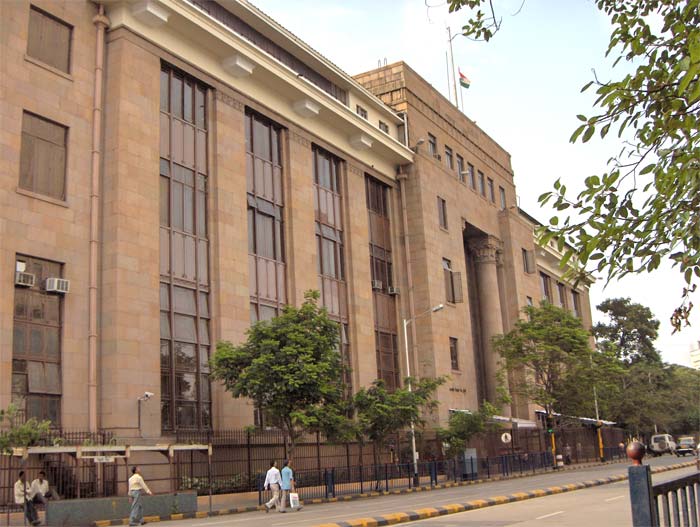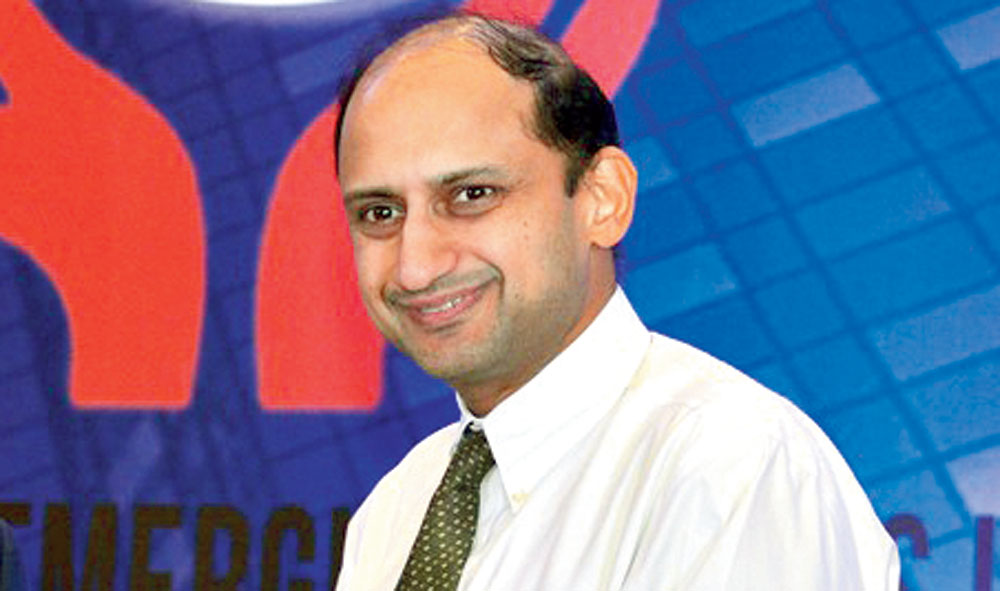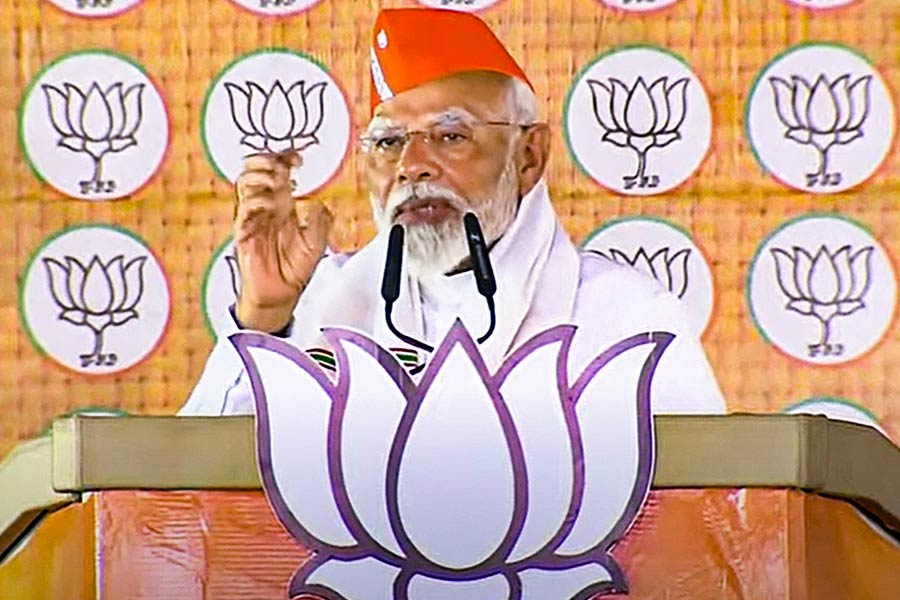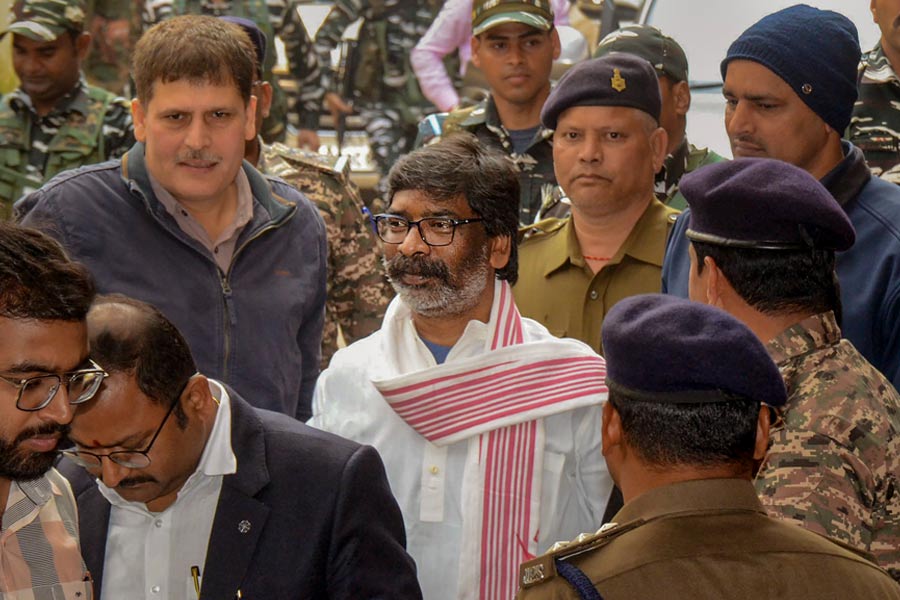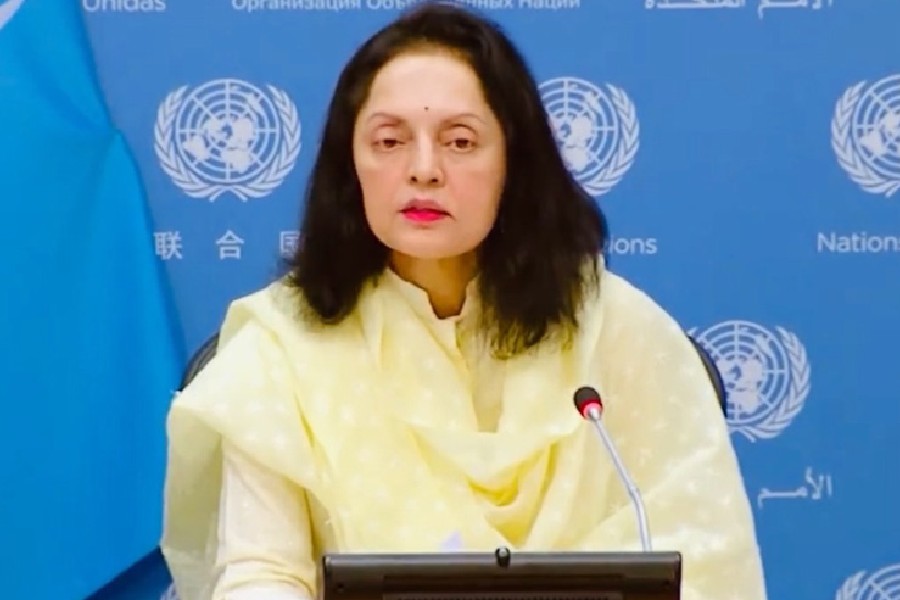The present government in Delhi is in the process of subjugating and annexing the Reserve Bank of India. Raghuram Rajan thought for himself, and was superb; his term was not extended. Urjit Patel tried to defend the RBI’s policy independence and to stop the central government from raiding the RBI’s treasury and taking away its profits; he was summarily removed and a bureaucrat was sent to take his place. Surprisingly, Viral Acharya was not deprived of his deputy governorship; he was far more outspoken, but he was not thrown out. Instead, he himself left before the end of his term. But in his tenure, he came up with many brilliant ideas.
The subject he took up in his first speech in February 2017 was of bad debts, officially called non-performing assets. He had an elaborate plan: potentially profitable assets would be given to a private company to sell off, loss-making assets would be sold to a government company which would try to create profitable businesses that can use them, and banks would undergo a variable combination of capital issues, asset sales, mergers, contraction and divestment. In the next speech in April, he gave a slightly different answer: bank deposits are short-term, loans are long-term, and the resulting liquidity mismatch should be tackled by a combination of risk capital, cash holdings and inter-bank markets in bank loans. For banks in trouble, he suggested choosing between raising private capital, asset sales, mergers, tough corrective action (prohibiting the bank from taking new deposits or giving loans), and divestment.
In July 2017, Acharya came out in favour of a public credit registry as a means of pooling information about borrowers and their borrowing and loan servicing history, so that banks would have maximum information about actual and potential clients.
In September, he presented the results of his research on bad debt problems. Banks with bad debts do what he called zombie lending: they tend to give more loans to their own bad debtors to hide their badness, and lend less to newer and better clients. He showed that this had happened in Japan in the 1990s. In the European Union, the European Central Bank started the Outright Monetary Transactions programme; it involved liberal lending to bankrupt European governments. That made the governments look healthy; then banks owned by or under the influence of governments, mainly in southern Europe, gave more loans to those governments. While he did not find evidence of zombie lending in India, Indian government banks slowed down giving advances after 2010 when their bad debts began to mount. Better information was needed on banks’ lending behaviour; that was a further argument for a public credit registry. But setting one up would have been too daring; instead, the RBI set up a committee to examine it in October 2017. It submitted its report to Acharya in June 2018. In December, the RBI began to sound firms such as IBM, Wipro and Tata Consultancy Services. The soundings are still not over; the PCR remains far in the future.
Monetary transmission in India is poor: the RBI changes its policy interest rates in the hope that banks would follow in its footsteps, but banks just do not. In 1994, the RBI asked banks to declare the prime lending rates at which they lent to their most favoured clients. Banks declared rates which they left unchanged for years; obviously, the rates had nothing to do with their lending rates. So in 2003, the RBI asked them to declare base PLRs, which would be based on their minimum cost of funds, and below which they would not lend. They declared benchmark PLRs; then in 2008 they were found to be giving 77 per cent of their loans below their BPLRs. In 2010 it allowed them to write their own formula for the base (minimum) rate, as a function of the average and the marginal rate; then banks started defining a base rate but using different margins over it. Flummoxed, the RBI appointed a study group in July 2017 to find out how banks fixed margins over policy rates when they decided on lending rates. The group reported back in two months: there was no rationale behind the margins. In other words, it was clueless.
In November 2017, Acharya took up the question. He said that changes in policy rates could only affect banks’ rates on new loans; on their bulk portfolio of existing loans they could hardly keep changing rates. Their lending rates depended on the cost of funds, of which the bulk was bank deposits. Their interest rates too were sticky and could not be changed overnight. Also, banks had bad debts; since they were earning nothing on them, they could declare any interest rates they liked on them. And finally, their freedom was constrained by competition for deposits from non-bank institutions.
Indian banks hold a high proportion of their assets in government securities. The interest rate on government debt goes up once in a while; then the value of its debt falls, and banks should ideally write off the loss. But government banks rush to the RBI and cry, “Save us! Save us!” And the RBI has sometimes bought their government loans at book value, and at others, let them treat the debt as “held to maturity” — that is, to value it at book value. Acharya gave a talk in January 2018 about how banks should manage the risk. They must choose the volume and maturity of debt they hold so as to keep risk within bearable limits. They should trade actively in the forward interest markets that the RBI had tried to develop.
Acharya devoted his A.D. Shroff memorial lecture in October to the running altercation between the Centre and the RBI on the former’s raiding the latter’s reserves. He said how the governor of the Central Bank of Argentina had resigned in 2009 when the president, Cristina Fernández, raided the bank’s treasury, leading to a crisis and destroying Argentina’s international reputation, and argued that the central bank had to be independent of government because governments take a short view whereas the domain of the central bank required that it take a long view.
His warning was futile; the government prevailed. Acharya resigned and left the RBI six months before the end of his three-year term. In the month before he left, he gave at least eight talks in India and abroad. They were about what he had learnt as vice-chairman of a working group set up by the Committee on the Global Financial System, and what its findings implied for India. I found his remarks only the beginning of a very important study.
Acharya is an outstanding economist; his departure is a huge loss to India, even if its government may not think so. Although he has left the RBI, I hope he will continue to work on the extremely primitive capital market of India, and how it can be grown to serve the Indian economy. Meanwhile, let me end with the stanza of H.W. Longfellow he ended his last talk with:
“Let us, then, be up and doing, With a heart for any fate; Still achieving, still pursuing, Learn to labour and to wait.”


